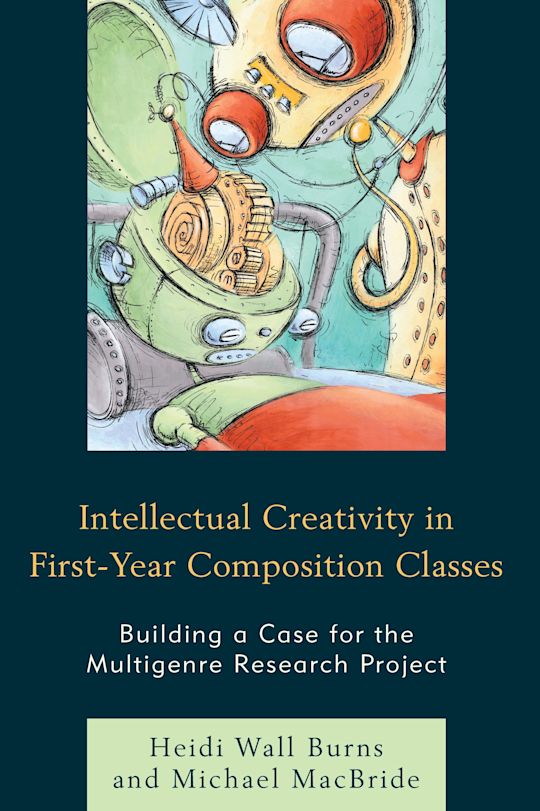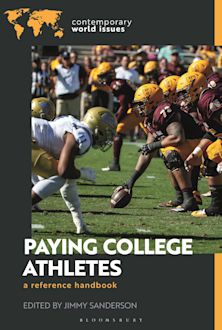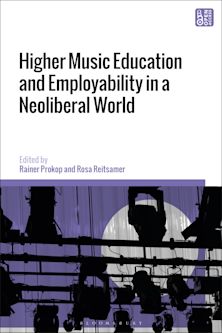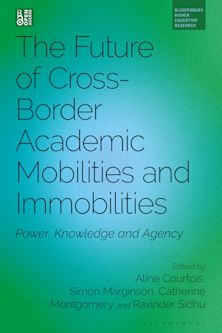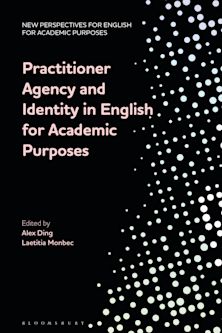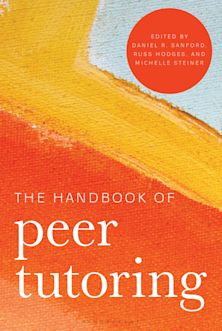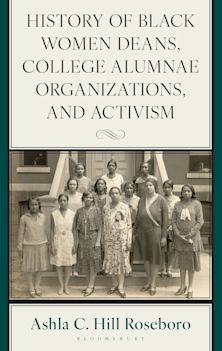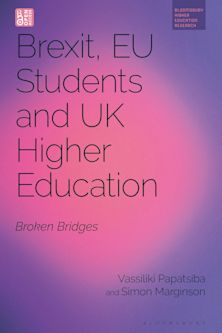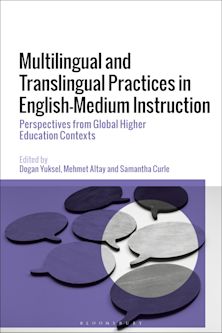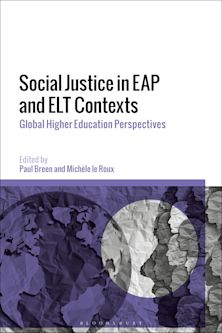- Home
- ACADEMIC
- Education
- Higher Education
- Intellectual Creativity in First-Year Composition Classes
Intellectual Creativity in First-Year Composition Classes
Building a Case for the Multigenre Research Project
Intellectual Creativity in First-Year Composition Classes
Building a Case for the Multigenre Research Project
You must sign in to add this item to your wishlist. Please sign in or create an account
Description
Today’s first year composition classrooms are largely reflective of the writing pedagogy that has been used for the last 200 years. Unfortunately, this methodology does not meet the research or writing needs of today’s college and university students. Burns and MacBride were determined to make their first year composition courses more relevant to their students and sought a way to revolutionize their syllabus to do so. Building on the work of Tom Romono, Nancy Mack, Camille Allen, Sirpa Grierson, Melinda Putz (and others), Burns and MacBride set out to determine if a multigenre research project could better teach their students research, writing, and critical thinking skills than a traditional research-based essay. The findings of their semester-long study indicated that not only does a MGRP teach these skills, but it far surpasses a traditional essay in teaching engagement, intellectual creativity, and transferable writing skills. Burns and MacBride demonstrate two different ways to integrate a multigenre research project into the college composition classroom.
Table of Contents
Chapter 1: Justification of the MGRP in the Freshman Composition Classroom
Chapter 2: Self-contained MGRP
Chapter 3: Whole semester adaptation of the MGRP
Chapter 4: Plug-in Activities
Introduction
Plug-in Activity 1: Analyzing Genre Using Newspapers
Plug-in Activity 2: Audience Awareness Activity
Plug-in Activity 3: Evaluating Websites using CRAAP
Plug-in Activity 4: Teaching Students About Genre: Writing About the Weather
Plug-in Activity 5: How to Write a Process
Plug-in Activity 6: Infographic-Making
Plug-in Activity 7: Library scavenger hunt
Plug-in Activity 8: Practicing Research Skills: APA Library Research
Plug-in Activity 9: Summarizing Using Stories
Chapter 5: Evaluation and Assessment
Appendices
Appendix A: Assignment Sheet for MGRP Self-Contained Unit
Appendix B: MGRP Topic Proposal handout for self-contained unit
Appendix C: Assignment sheet for whole-semester adaptation
Appendix D: Assignment sheet for Assignment #1: Overview/Summary/Background
Appendix E: Workshop for assignment #1 MGRP self-contained unit
Appendix F: Checklist for Workshop day
Appendix G: Assignment sheet for Assignment #2: Annotated Bibliography
Appendix H: Assignment sheet for Assignment. #3: Self Reflection
Appendix I: Final Workshop for MGRP self-contained unit
Appendix J: List of former student topics
Appendix K: Formal Submission Expectations for MGRP self-contained unit
Appendix L: MGRP Grading Rubric for Whole Semester Assignment
Appendix M: MGRP Grading Rubric for self-contained unit
Appendix N: List of Potential Genres
Bibliography
About the Authors
Acknowledgments
Index
Product details
| Published | 12 Oct 2016 |
|---|---|
| Format | Ebook (Epub & Mobi) |
| Edition | 1st |
| Extent | 156 |
| ISBN | 9781475824971 |
| Imprint | Rowman & Littlefield Publishers |
| Illustrations | 4 BW Illustrations, 6 Tables |
| Publisher | Bloomsbury Publishing |
About the contributors
Reviews
-
This book has helped me reconnect with what it means to go beyond the multigenre project and into a mindset where growing writers out of authentic experiences helps them find their best writing selves. It is a testament to what happens when we practice what we know is true: extending choice, authenticity, and purpose is extending a promise to our students that we care.
Sarah Brown Wessling, National Teacher of the Year 2010
-
Michael MacBride and Heidi Burns have created a helpful book for college teachers who are interested in trying multigenre writing in an introductory course. The first chapter provides a rationale for multigenre that is a solid foundation for planning a unit or a whole course. As a useful teaching resource, Intellectual Creativity in First-Year Composition Classes offers readers flexible ideas for implementation rather than one lock-step method. My favorite parts of this book are the plug-in activities that help students learn about important concepts through participation and reflection.
Nancy Mack, Professor of English, Wright State University
-
Intellectual Creativity in First-Year Composition will give you a solid start to your exploration of multigenre research writing as a way to teach students to think critically, research soundly, and write with intellect, imagination, and passion. Heidi Wall Burns and Michael MacBride write with insight and authority that come with solid research and plenty of experience teaching students to write in multiple genres. Their writing is clear, their teaching tips helpful, and their students’ voices illustrative. Based on my 28 years teaching high school and college students to write with multiple genres, I believe you’ll step back in amazement at the quality, range, and depth of your students’ multigenre research papers. Burns and MacBride will get you started.
Tom Romano, author of Fearless Writing: Multigenre to Motivate and Inspire (2014) and Blending Genre, Altering Style: Writing Multigenre Papers (2000)
-
Critical thinking and research aptitude: two necessary skills for the study of history, but whose ubiquitous absence inhibits college students’ ability to grasp and interpret complex historical materials. Given the current emphasis on outcome-based education, the multigenre research project offers a sensible mechanism for teaching and assessing these skills from matriculation forward. By demonstrating the project’s pedagogical savvy and explaining the practicalities of its implementation, Burns and MacBride’s Intellectual Creativity in First-Year Composition Classes offer a clear solution to a well-known problem that will benefit instructors and students in a variety of disciplines and settings.
John D. Hosler, Associate Professor of History, Morgan State University









